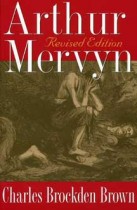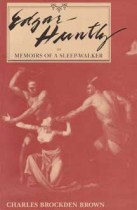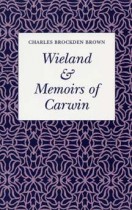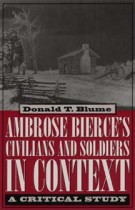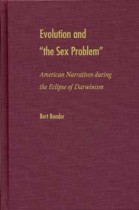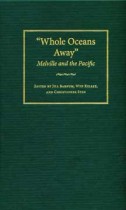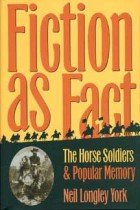The Seven Deadly Sins in the Work of Dorothy L. Sayers
Janice Brown | Filed under: Literature & Literary Criticism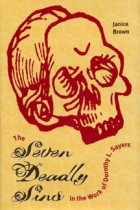
Janice Brown examines Sayer’s major works, beginning with her early poetry and moving through her works of fiction to the dramas, essays, and lectures written in the last years of her life. She illustrates how Sayers used popular genres to teach about sin and redemption, how she redefined the Seven Deadly Sins for the twentieth century, why she stopped writing mysteries, and her application of the concepts of sin and redemption to society as a whole.

